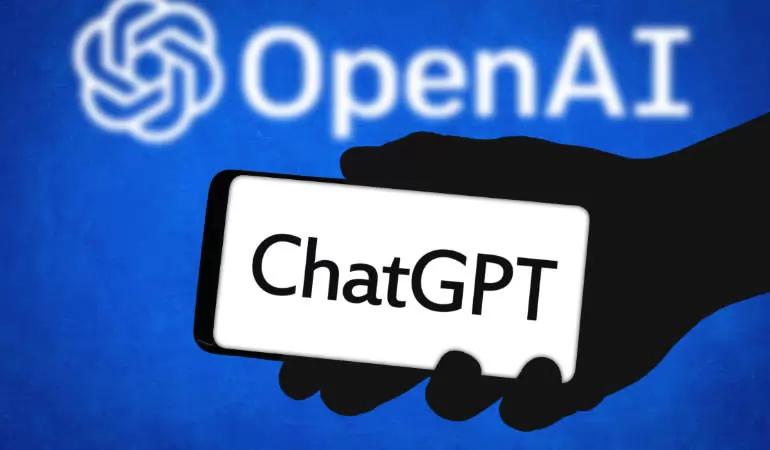Exploring the Limitations of Large Language Models like ChatGPT
ChatGPT, the language model bot created by OpenAI, has been making headlines for its impressive ability to generate human-like responses. However, experts have pointed out that this technology is not indicative of true artificial intelligence, and a full AI takeover is not imminent.
March 07, 2023 16:54
According to Matthew Sag, a law professor at Emory University, there is a fundamental difference between the way humans produce language and the way large language models like ChatGPT do it. While these bots can tap into a vast amount of information and vocabulary, they lack the sentience and true understanding that humans possess.
Other tech giants like Google and Meta have also developed their own large language models, which use similar techniques to generate responses to user prompts. OpenAI has taken things a step further by providing a user interface that allows anyone to experiment with the technology directly.
However, there have been some concerning examples of large language models being used for real-world services. For example, mental health company Koko faced backlash after using GPT-3 to "help craft" responses to users. Meanwhile, the founder of the controversial DoNotPay service claimed that their GPT-3-driven chatbot could advise defendants in actual courtroom cases in real-time, before walking back those claims.
Despite the potential of generative AI tools, researchers like Daniel Linna Jr. from Northwestern University emphasize that these tools have their limitations. Linna is currently experimenting with a chatbot called "Rentervention" that uses technology like Google Dialogueflow, with the goal of supporting tenants.
While ChatGPT and other large language models are impressive in their ability to mimic human speech, they are not infallible. OpenAI themselves acknowledge that ChatGPT can sometimes produce incorrect or nonsensical answers. As with any technology, it is important to approach it with measured expectations and an awareness of its limitations.



